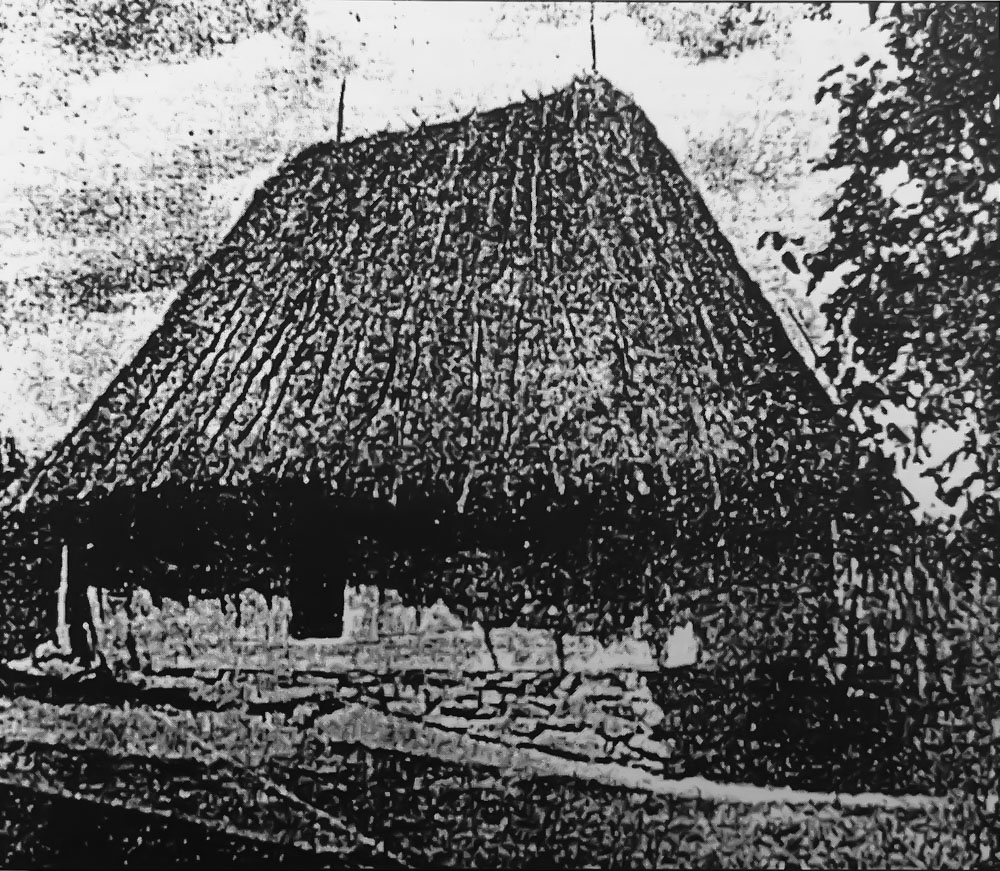
The first non-religious school in Zaječar opened in 1830 with 15 enrolled pupils. It was located in a traditional clay-house at “grandpa-Jovan’s backyard”, between today’s Ljuba Nešić School and the church.
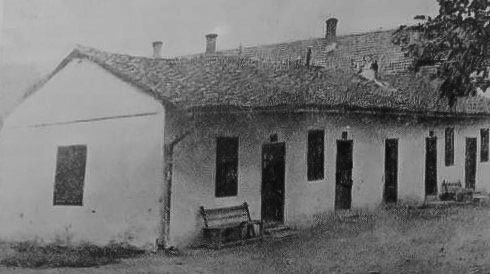
The school becomes municipal. The new wooden building one was built, with classrooms and offices.
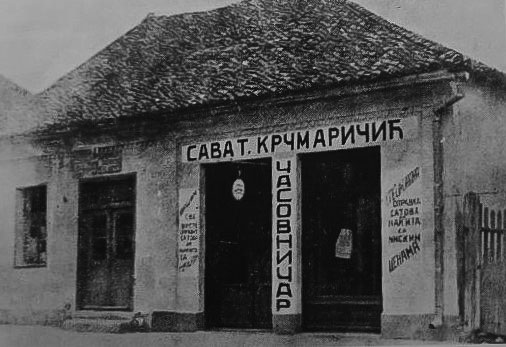
The school becomes a state school and it was financed by the municipality.
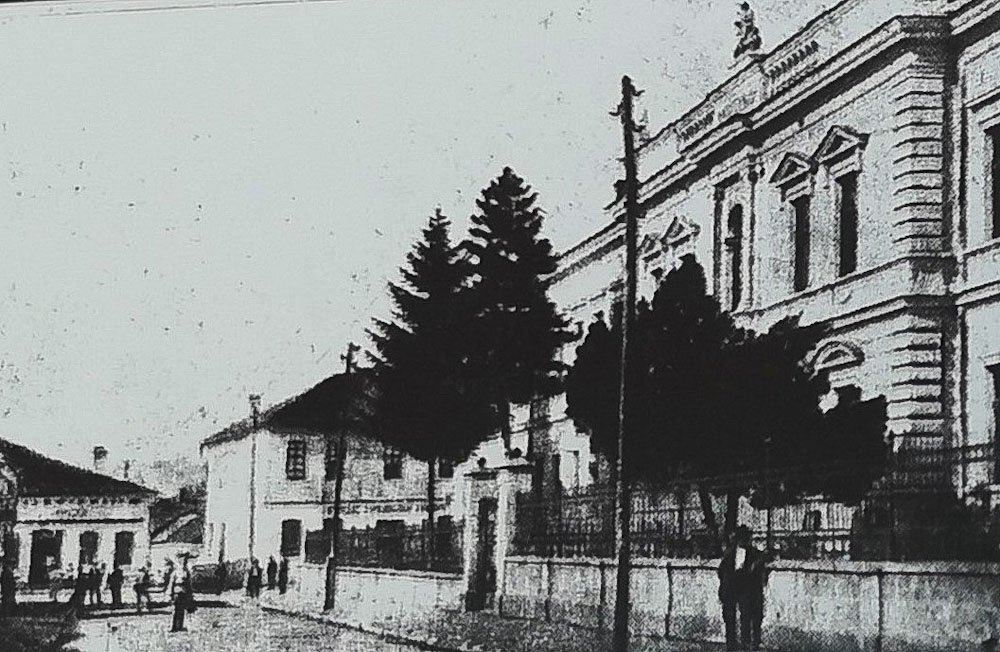
During Serbian-Turkish Wars (1876-78) many school were destroyed, and the construction material for the new school was burnt and spread all over Kraljevica by the Turks.
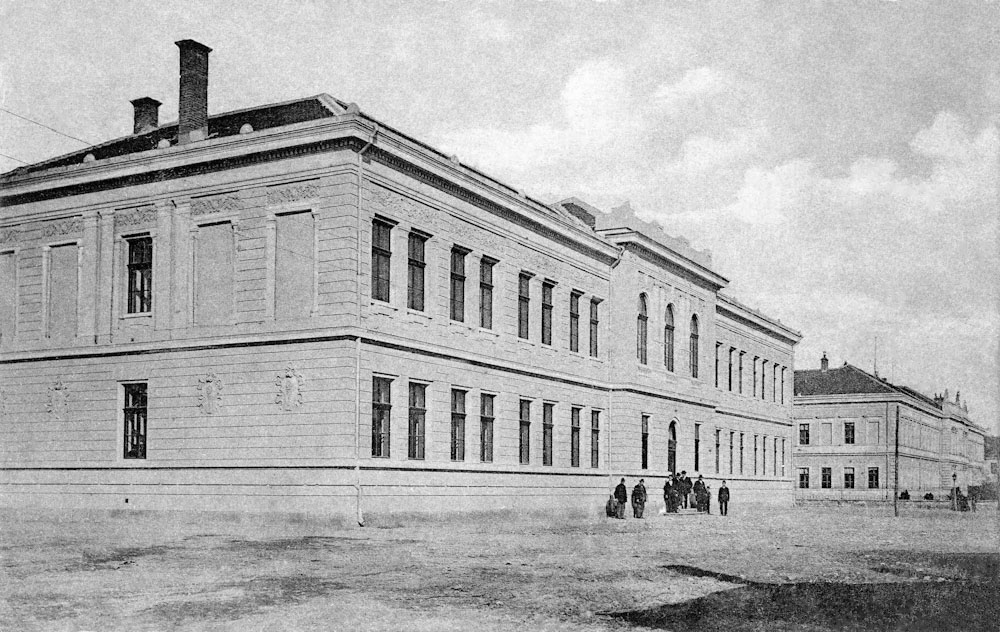
The new and impressive school building was finished where the Boys’ Primary School moved in the following year.
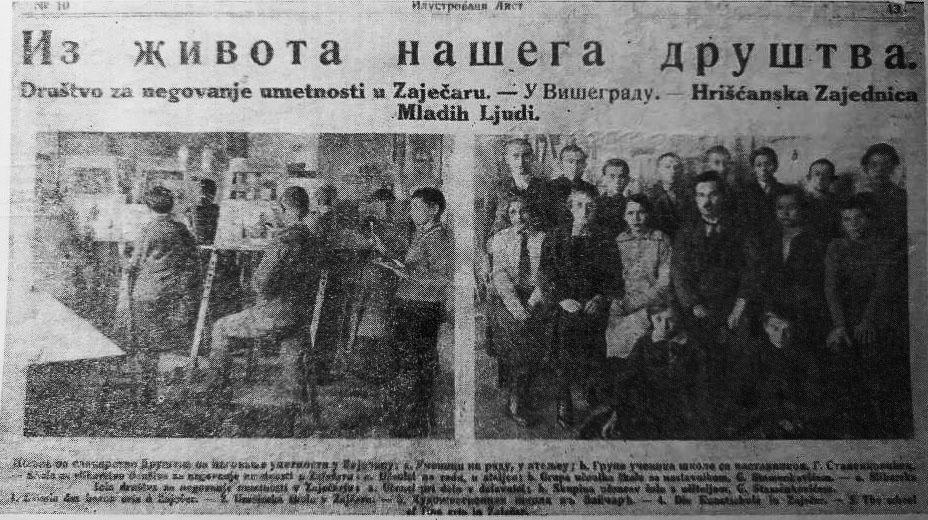
The painting classes of the Socitety of Fine Arts, founded by Stevan Stanković, were held at the school until 1923.
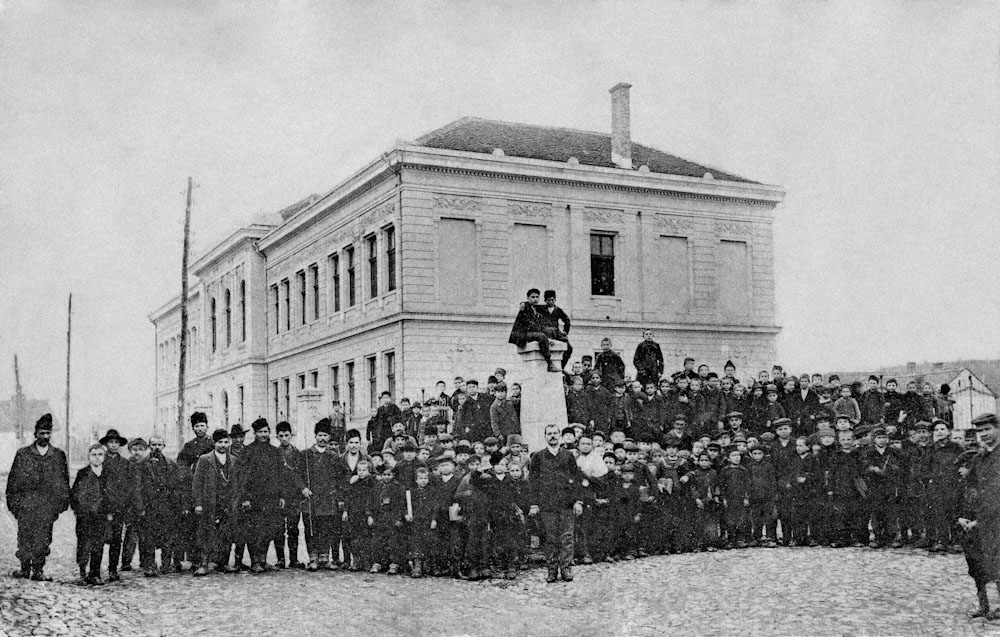
The first kindergarten in Zaječar was opened as part of the school.
.png)
On October 1st Milenko Brković Crni School has been founded, led by the principal Miloš S. Milošević, and which took over the pupils and the building of the previous primary school.
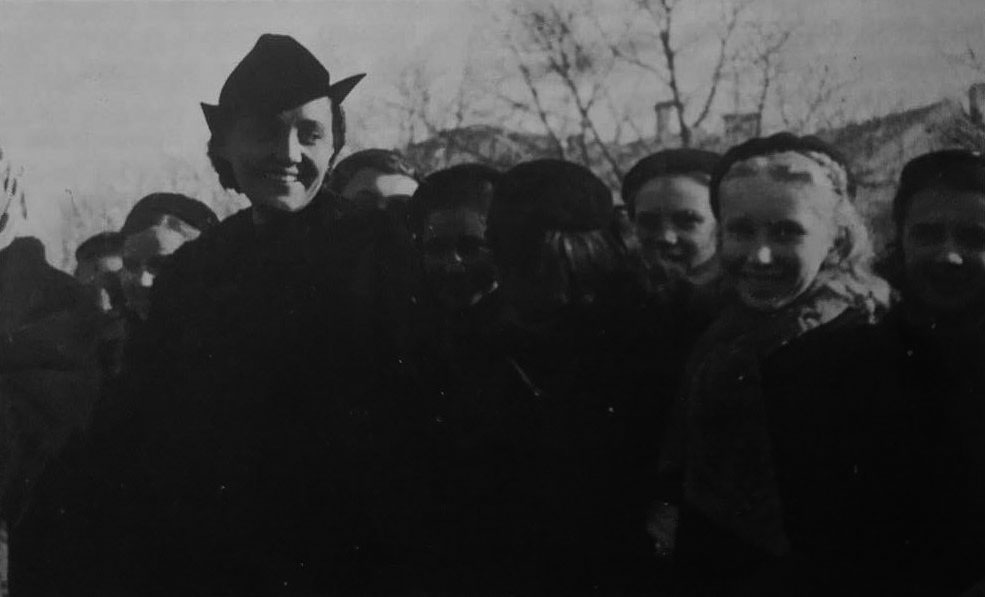
The first specialized class for the education of children with mental and physical difficulties was opene and which soon became a separate school (“Jelena Majstorović”).

The school was named after the poet Desanka Maksimović.
The first non-religious school in Zaječar opened in 1830 with 15 enrolled pupils from Zaječar and nearby villages. It was located in a traditional clay-house at “grandpa-Jovan’s backyard”, where the school “Ljuba Nešić” and the church are located today. It was a private school and it was sustained by pupils parents’ monthly contributions. The first municipal, later state primary school in Zaječar was opened in 1833 after the liberation from the Ottoman rule. Instead of the old building, the new wooden one was built, with classrooms, corridors and offices, on a spot where the “church shops” were opened several decades later, or where the church park is located today. All citizens paid the taxes to support the school, and in 1835 it became a state school and the municipality took care of financial support.
The Serbian-Turkish Wars (1876-78) brought great destruction to Timok Region, and especially to Zaječar and its surroundings. From 32 schools in Serbia, 13 of them were burned down in the villages around Zaječar, while the prepared bricks and other building material for the new school in Zaječar (planned to be built where present-day school “Desanka Maksimović” is) were burned and spread all over Kraljevica by the Turks. Hence, it took more than two decades to collect everything that was needed for the new building. The Boys’ Primary School was open in 1904, in the same building where “Desanka Maksimović” school is today.

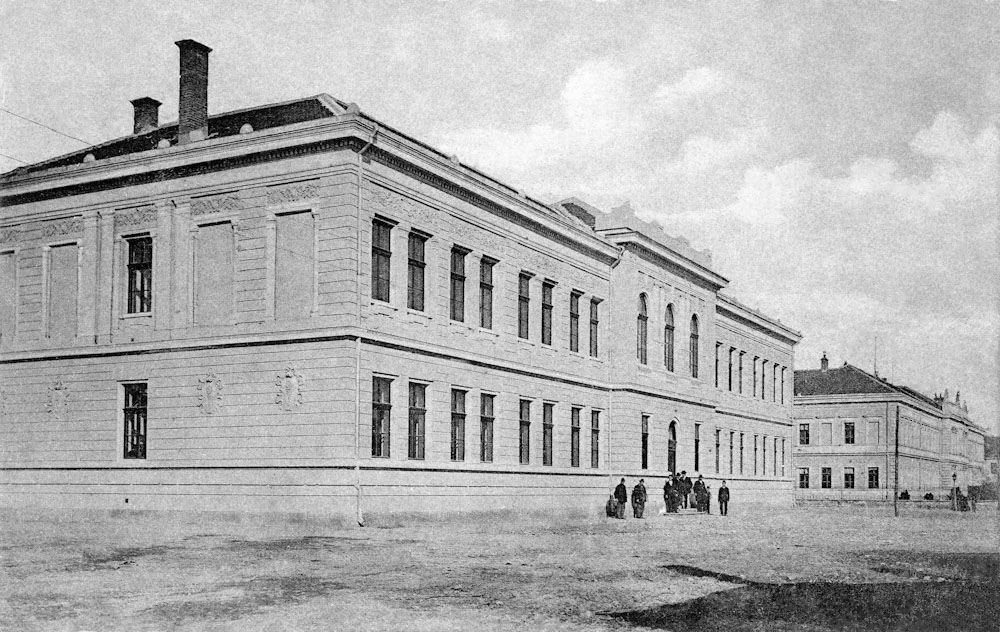
The history of this school before World War II is yet to be written, and some historical facts speak about the painting classes of the Society of Fine Arts (Društvo za negovanje umetnosti 1919-23) that took place in the main hall. The Society was founded by Stevan Stanković, a gymnasium professor, together with many other colleagues and prominent citizens of Zaječar. Beside the Painting Department, the Society also had the Music Department, as well as a Photography one. Very soon, the Society became a four-year Art School (1923-29), the only such school outside Belgrade. Zaječar got its first kindergarten on December 12th, 1928 which in 1929 became an official part of the primary school, and was attended by boys and girls 5 to 7 years old. After the war, the kindergarten became the part of the “Milenko Brković – Crni” school with 2-3 classes.
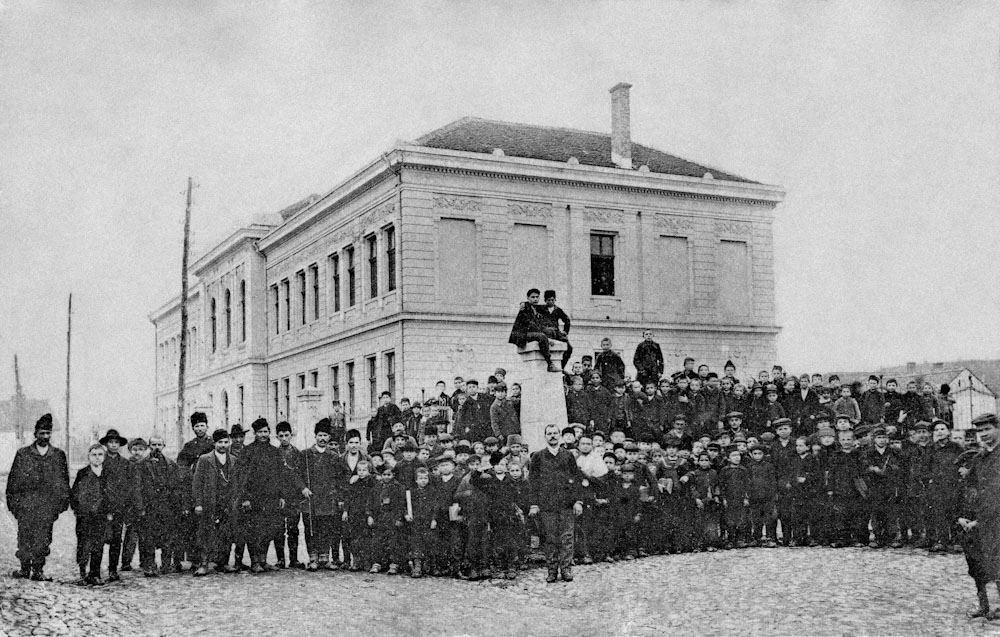
Primary School “Milenko Brković Crni” was founded on October 1st, 1953 at the same time as the schools “Ljuba Nešić” and “Đura Jakšić”. The teacher Miloš S. Milošević was the first principal and the school moved into the “old building” of the previously only primary school in town, built from 1903 to 1905. The building is still an impressive one, and it can easily be compared to some of the most remarkable old school buildings in Europe. It has a separate central part with a hall for celebrations, and right and left wing with classrooms and laboratories. The frontal facade is decorated with an open book ornament with the year 1905. The decorations on the north and south part have a school’s coat of arms with the letters “OŠZ” (Primary School Zaječar).
When “Milenko Brković Crni” school moved in, the space was very limited and with 400-500 pupils, it was two to three times smaller than other schools in town. Nevertheless, this school was famous from the beginning for a special dedication to organization of classes, permanent innovations and expertise, as well as the development of the teachers – the authors of numerous scientific papers in pedagogy and school methodology. The school offers computer science classes and many extracurricular activities which all contribute to a constant improvement of education and pupils’ success.
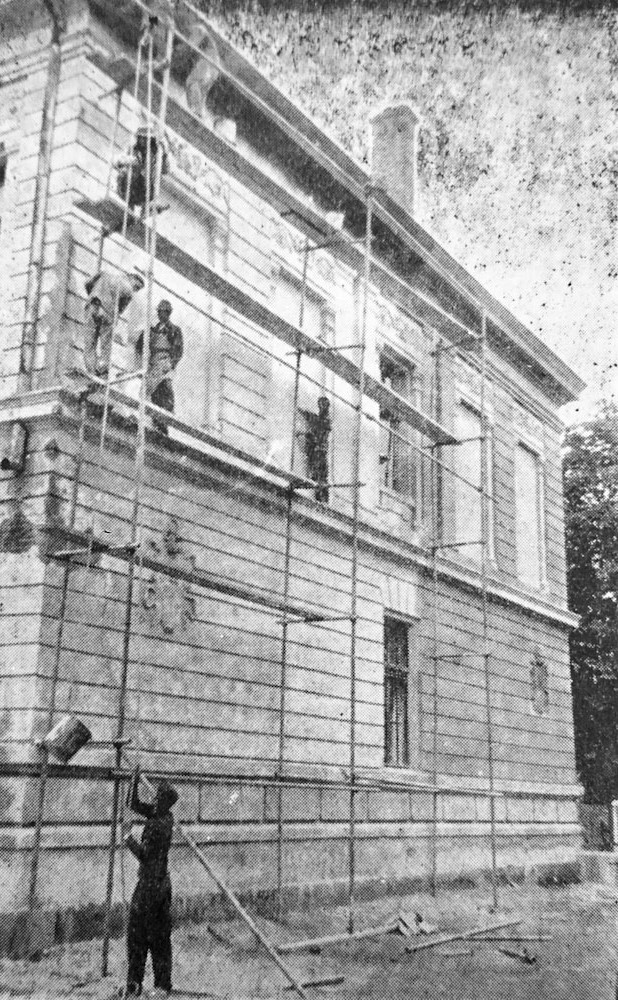
In 1959, as part of the school, the first specialized class for the education of children with mental and physical difficulties was opened. The number of children with special needs constantly grew, and there was a need for a separate school designed to satisfy all their needs. Hence, the special school (“Jelena Majstorović”) has been founded in the renovated building of the former Girls’ Primary School (next to theater building), while the space of the Female Crafts School in the backyard has been turned into boarding school.
1.png)
The school was initially named after Milenko Brković Crni (1912-1941), born in Kutina, Croatia and who was a revolutionary and an early organizer of the workers’ movement. For some time, he lived in Belgrade, and was sent to Zaječar by the Communist Party in May 1941 to take over the role of the secretary of the County Committee. He played an important role in the organization of the uprising in the Timok Region. In September 1941 he was arrested at the Zaječar Train Station, was tortured in prison and almost dead hanged at Kraljevica, on the spot where the monument “The Gallows” is to be seen today. In July 1954 he was pronounced a national hero, and his name was given to many institutions, organizations, streets, and schools.
During school 1993/94 year, and proposed by the Teachers’ Council, Zaječar Municipality changed the name of the school to Desanka Maksimović (1989-1993), one of the most important Serbian poets.
In its extracurricular activities, the school has impressive results, especially in the organization “Science to the Young People”, the Club of Young Technicians, and sports. Since 2014/15 the school has a service for the prolonged stay of children in the form of a Creative Corner, where the youngest pupils can spend quality time after their classes. At the moment, there are 13 active extracurricular classes and 5 pupils’ organizations, and the school has its own rock’n’roll band “Rock Ćira and Rock Spira”. Also, its theater group is known for great performances every school year.
SOURCES:
Žarko P. Milošević, Stanko J. Mitić. Osnovno školstvo Zaječara 1830-2003. Zaječar, 2006.
Sergije Kalčić. Zaječar na starim fotografijama i razglednicama I. Zaječar, 1997.
School Official Web Page: https://osdesankazajecar.edu.rs/
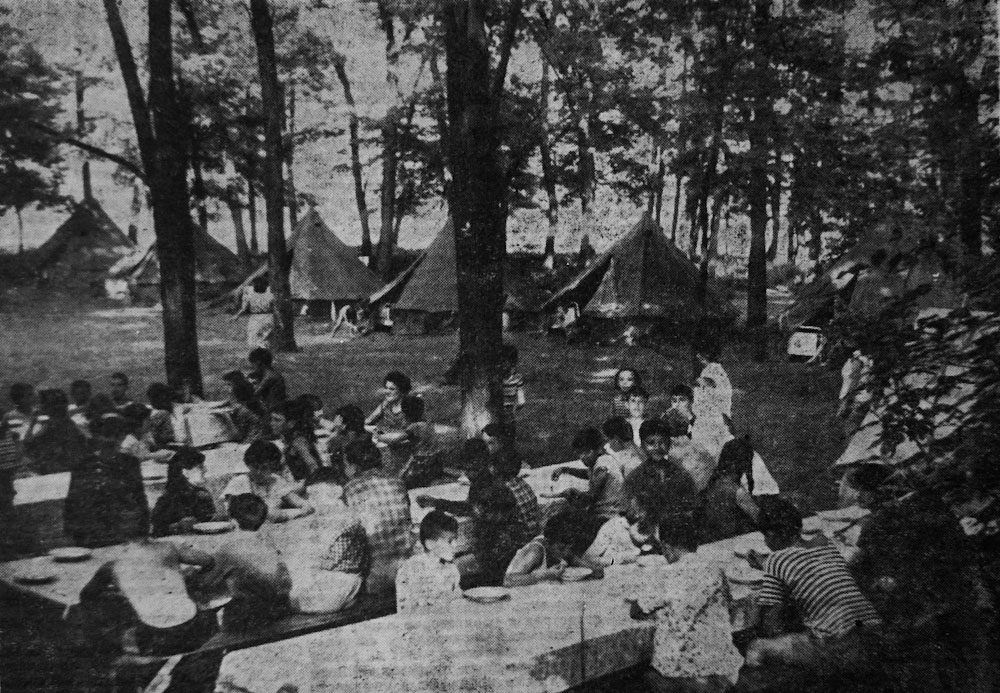
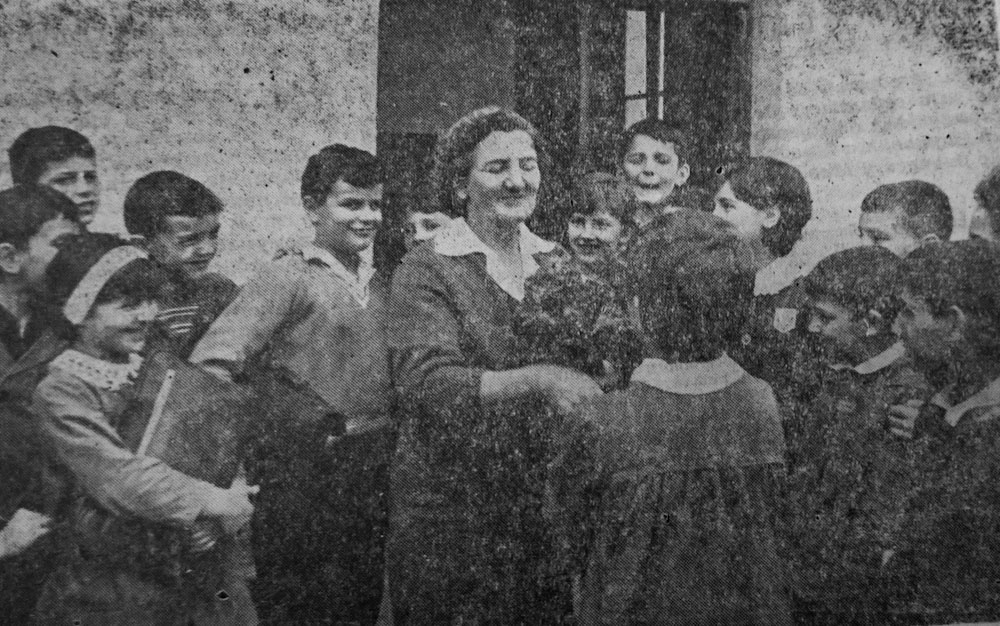
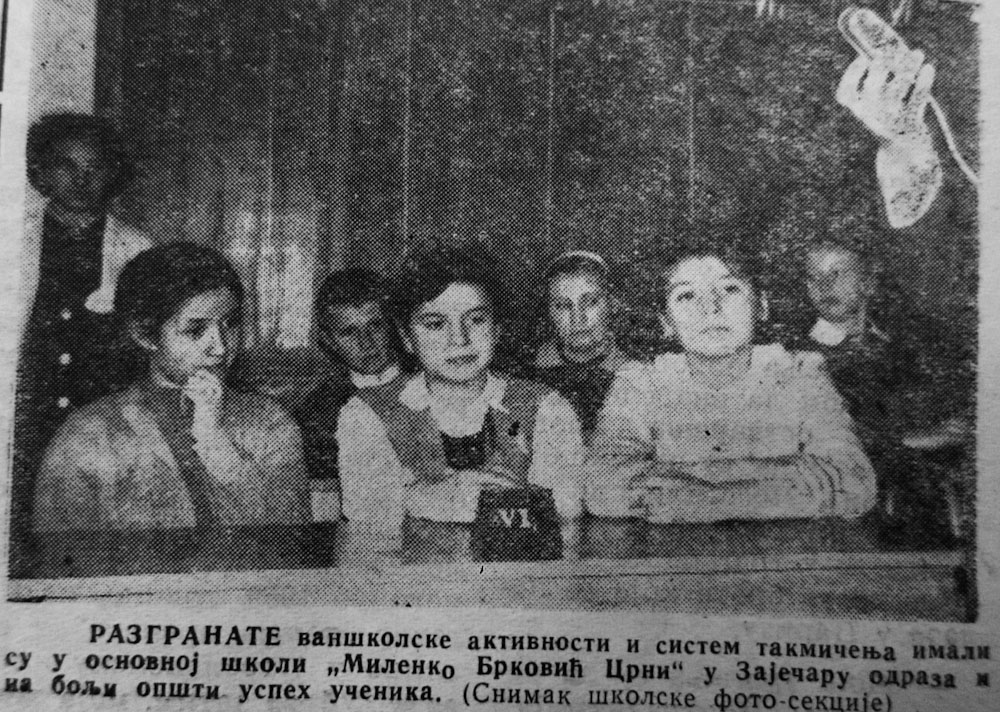
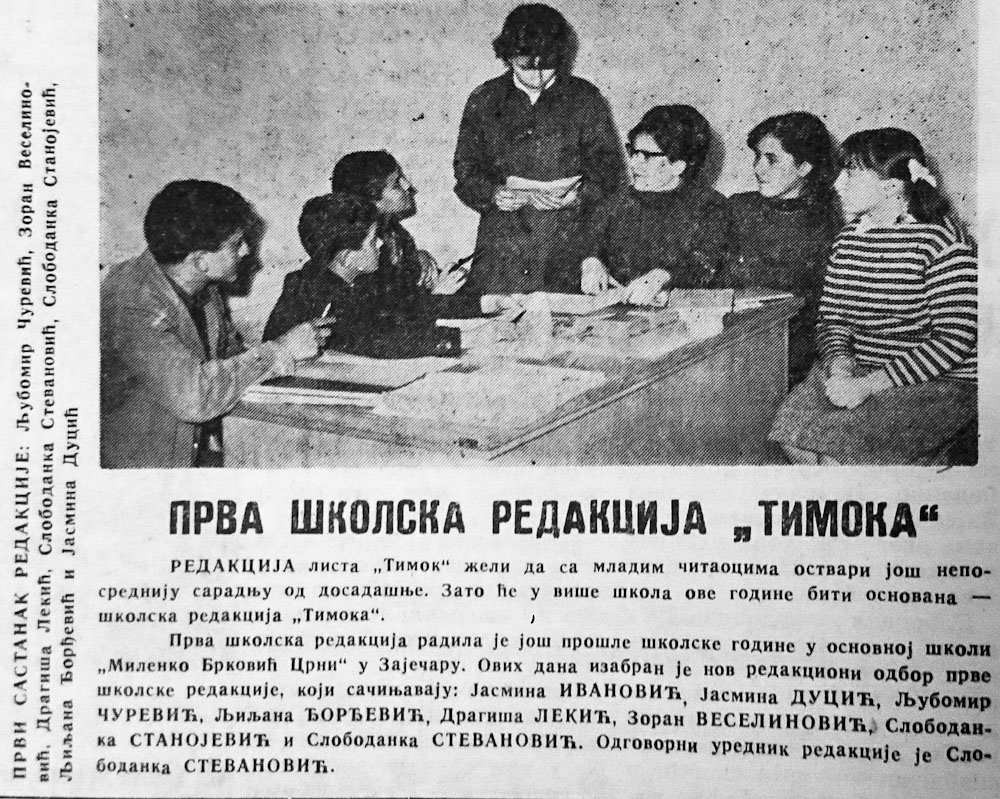
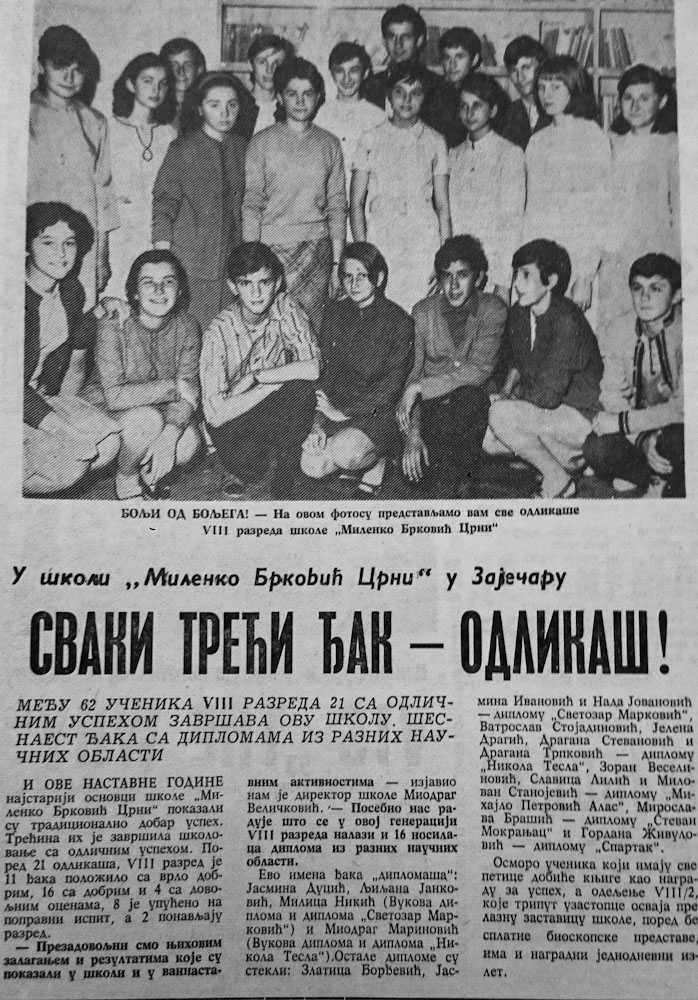
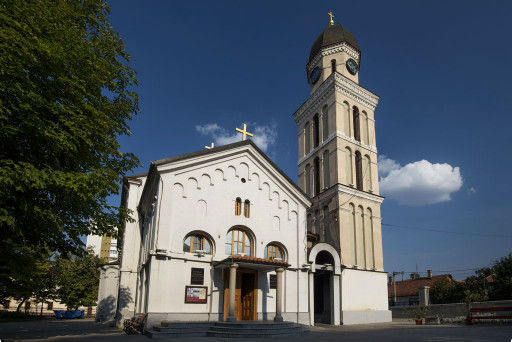
The oldest brick building in Zaječar was erected immediately after the liberation of the Ottomans, a...

Primary school "Ljubica Radosavljević Nada" was officially opened on September 7th 1972. It was desi...

The National Museum building was built in 1927 as a home to the military institute for road design.
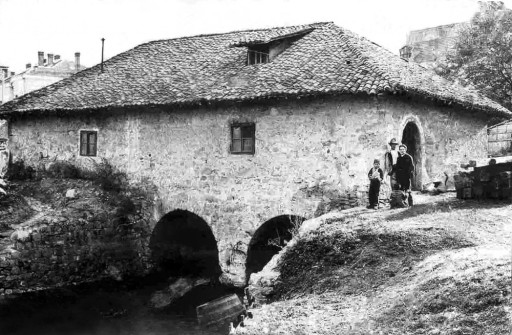
Turkish Water Mill is one of the oldest buildings in Zaječar. During two full centuries it ground th...